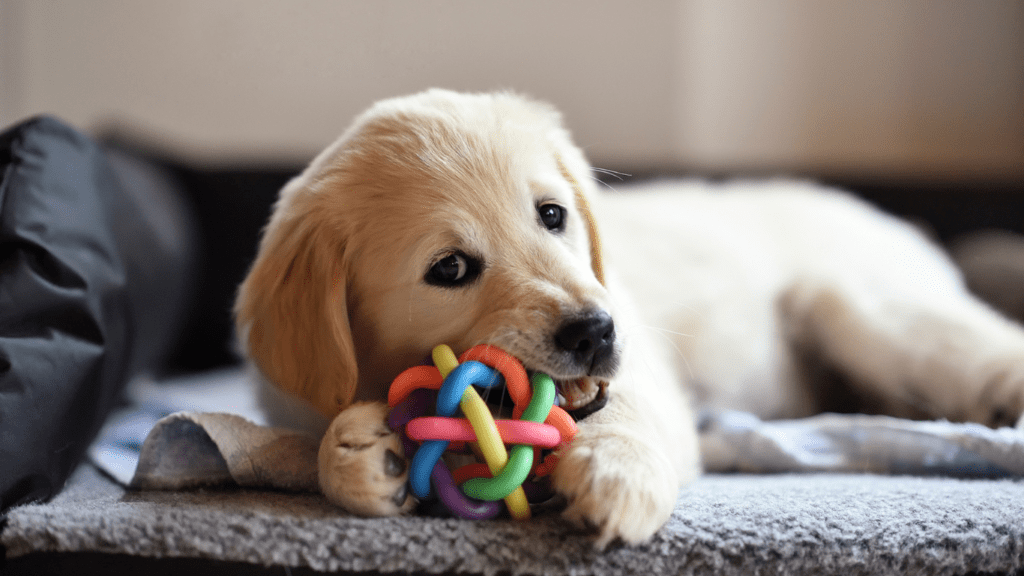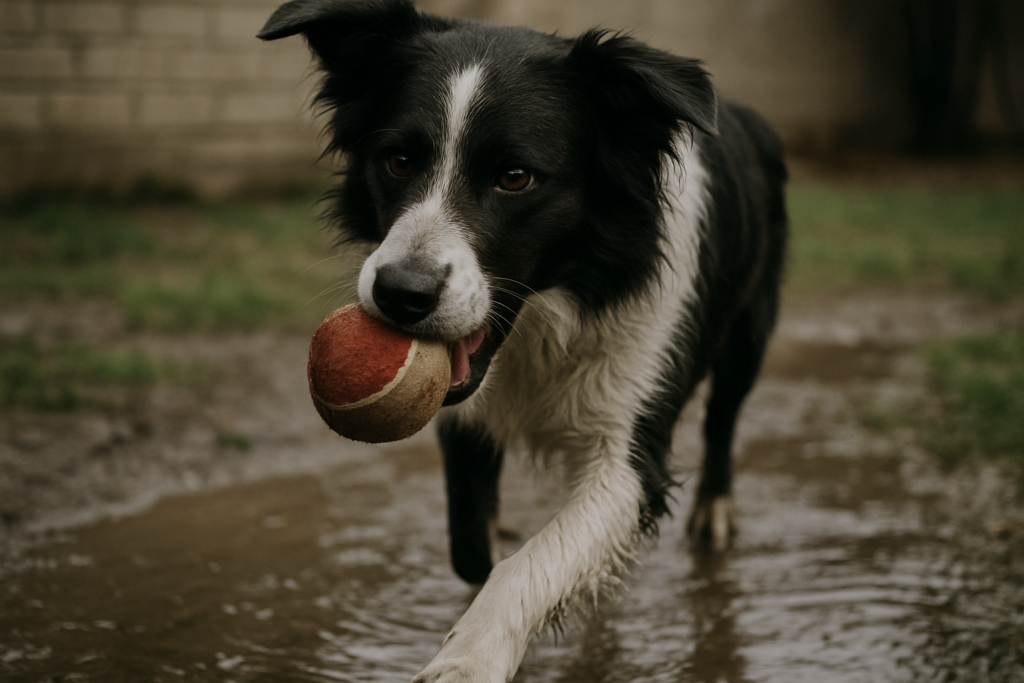Understanding the Importance of Daily Play for Pets
Daily play is crucial for both the health and happiness of pets. Engaging in regular activities helps address their physical and mental needs.
Benefits for Physical Health
- Regular play boosts physical health.
- Pets stay fit and maintain a healthy weight through activities.
- Active play sessions reduce the risk of obesity, heart disease, and joint issues.
- Dog that frequently fetches a ball will burn calories and strengthen muscles.
- Daily exercise also improves cardiovascular fitness.
- Pets that run and jump benefit from enhanced heart function.
- This ultimately leads to a longer, healthier life.
Structured play provides these physical benefits consistently.
Mental Stimulation and Behavioral Improvements
Mental stimulation is equally important. Pets need cognitive challenges to stay sharp and avoid boredom. Engaging toys and interactive games provide necessary mental engagement. A cat playing with a puzzle feeder will stay occupied and mentally active.
Behavioral improvements often follow daily play routines. Pets showing less undesirable behavior, like excessive barking or scratching, indicate positive behavior changes due to regular engagement. Structured sessions help alleviate anxiety and stress. This leads to a more balanced, calm pet.
By incorporating these elements into a daily schedule, both physical and mental health benefits for pets are maximized.
Steps to Create a Daily Play Routine

Creating a daily play routine for pets involves understanding their individual needs and structuring playtime effectively. By doing this, I can enhance their well-being and strengthen our bond.
Assessing Your Pet’s Needs and Preferences
I first consider my pet’s breed, age, and health to assess their needs. For instance, puppies and younger animals usually require more active playtime.
Older pets might prefer gentle activities like leisurely walks. By observing their reactions to different toys and activities, I can identify their preferences.
If my cat loves laser pointers while my dog prefers tug-of-war, I include these in their routine. Consulting with my vet helps ensure I tailor activities to any physical or health constraints my pet may have.
Structuring Playtime Throughout the Day
I divide playtime into short sessions throughout the day to keep my pet engaged and happy. For example, I schedule a morning session for a brisk walk or interactive play with toys.
Midday, I incorporate mental stimulation activities like puzzle feeders. Evening sessions might involve more relaxed play, such as cuddling or gentle games. By varying the types of activities, I keep my pet physically active, mentally stimulated, and emotionally satisfied.
Choosing the Right Toys and Games
Selecting appropriate toys and games for your pet is crucial to ensure their engagement and safety.
Options for Different Types of Pets
Different pets require different toys and activities. Dogs enjoy chew toys, fetch toys, and puzzle games like Kongs. Cats prefer toys that mimic prey, such as:
- feather wands
- laser pointers
- interactive puzzles
Birds enjoy foraging toys, mirrors, and swings. Small mammals, like rabbits and hamsters, benefit from chew toys, tunnels, and exercise wheels. Tailoring toys to suit the specific pet type ensures they get the right amount of physical and mental stimulation.
Safety Considerations for Playtime
Ensuring toys are safe is paramount to avoid accidents or injuries. Inspect toys regularly for damage, such as cracks or tears, which can cause choking hazards.
Use non-toxic materials to ensure pets don’t ingest harmful substances. Choose toys appropriate for the pet’s size to prevent swallowing hazards.
Supervise pets during playtime, especially with new or complex toys, to observe how they interact and prevent any potential issues. Always store toys correctly to avoid pets accessing them unsupervised.
By carefully selecting toys and games tailored to your pet’s needs and ensuring their safety, you enhance their playtime experience and contribute to their overall well-being.
Tips for Consistency and Engagement
Maintaining a consistent play routine for your pet ensures they receive the necessary exercise and stimulation daily. Increased engagement prevents boredom and enhances the bond between you and your pet, leading to a happier, healthier life.
Making Play a Priority
Scheduling daily playtime emphasizes its importance. Designate specific times each day for activities. Incorporating play into your daily routine, such as before meals or during breaks, fosters consistency.
Use reminders on your phone to ensure you don’t miss these sessions. Prioritizing play reflects its essential role in your pet’s well-being.
Adjusting the Routine as Needed
Observe your pet’s behavior and adjust the routine based on their needs. Variation keeps them engaged while adapting to their energy levels and moods.
If your pet seems tired or disinterested, consider shorter but more frequent sessions. Conversely, if they appear restless, introduce more energetic activities. Regularly consulting with your vet allows for modifications aligned with any health changes. This flexible approach ensures the routine remains effective and enjoyable.


